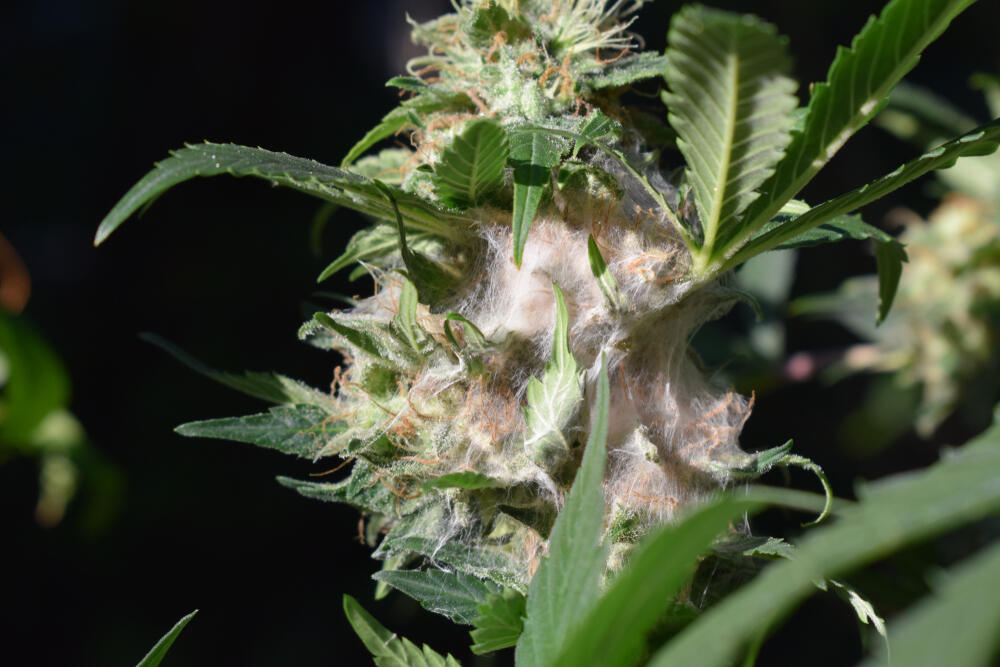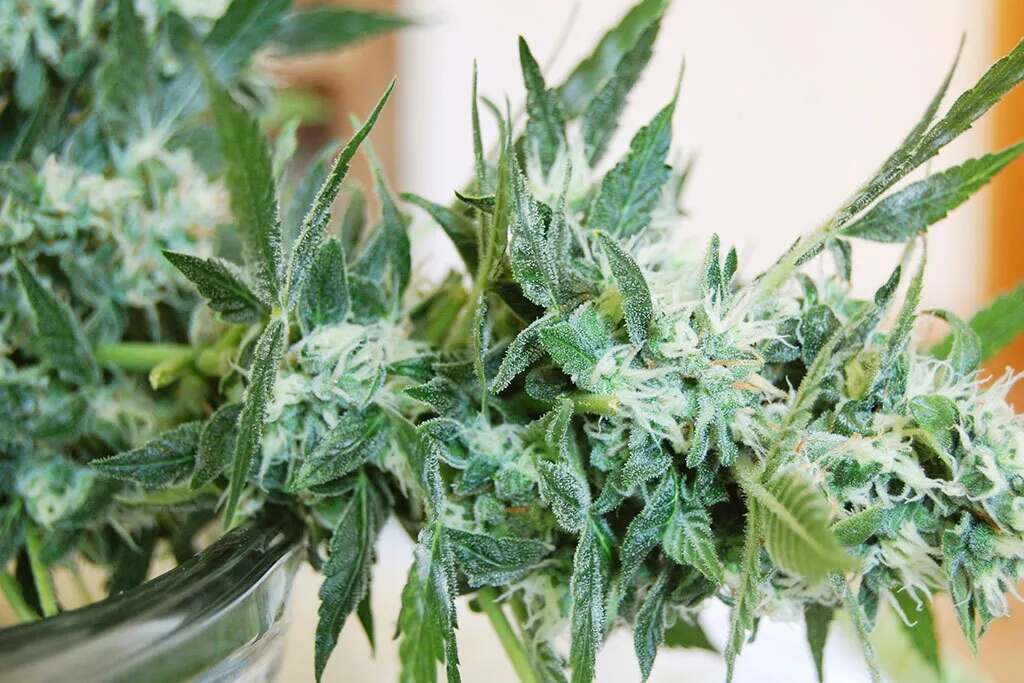The Best Fluffy Pancakes recipe you will fall in love with. Full of tips and tricks to help you make the best pancakes.

How to Identify and Treat Mold on Weed
When it comes to growing your own cannabis, one of the biggest bummers you can encounter is mold. Yep, mold on your weed. Whether you’re a seasoned grower or just getting started, mold can ruin your entire crop if you’re not careful. But don’t sweat it! I’ve got you covered. In this guide, I’ll walk you through how to spot mold on your plants, prevent it from happening, and what to do if you find it. Trust me, once you’ve got these basics down, you’ll be well on your way to healthy, mold-free buds.
What Causes Mold on Weed?
Mold on weed doesn’t just pop up for no reason. There are a few main culprits, and understanding them will help you keep your plants safe and thriving.
Factors that contribute to mold growth
Mold thrives in humid, warm conditions. If your grow room is too moist and lacks proper airflow, you’re creating a perfect environment for mold to move in. I like to keep the humidity levels in my grow room between 40-60%, depending on the stage of growth, and make sure air is circulating well.
In addition to humidity, temperature plays a big role. If you’ve got a space that fluctuates too much between hot and cold, or stays too warm, mold will feel right at home. I recommend keeping your growing room between 65-80°F (18-26°C) for the best results.
Common types of mold affecting cannabis

You’re mainly dealing with two types of mold when it comes to marijuana: bud rot and powdery mildew. Bud rot (Botrytis) is sneaky and works from the inside out, while powdery mildew looks like a dusting of flour on the leaves. Both love damp conditions, but they act differently. You’ll want to handle each a bit differently, too.
How to Identify Mold on Weed
So, you think your weed might be moldy? Here’s how to know for sure.
Visual signs of mold (discoloration, fuzz, etc.)
Look for buds that seem off—maybe they’re turning brown or gray, or they’ve got fuzzy patches (especially white, gray, or black fuzz). These are telltale signs that mold has found a cozy spot on your plant. With bud rot, you might notice that the inside of a bud looks mushy or dark while the outside seems mostly fine at first.
Smell and texture indicators
Fresh cannabis has a distinct, rich, earthy smell. Moldy weed? Not so much. If your buds start to smell damp, musty, or like mildew, that’s a red flag. Texture-wise, healthy buds should feel firm. Moldy ones can be soft and squishy when you give them a gentle squeeze.
Differences between mold and trichomes
Trichomes are your plant’s little crystal-like structures—totally normal and desirable. They sparkle and feel sticky. Mold, on the other hand, is dull and cotton-like. If you’re seeing what looks like dust or cobwebs instead of glistening crystals, you’ve got a mold problem, not extra trichomes.
Common Types of Mold Found on Weed
Let’s break down the two big players: bud rot and powdery mildew.

Bud rot (Botrytis)
This one’s a heartbreaker because it often starts from the inside. By the time you see it, it’s usually too late for the affected buds. Bud rot turns your beautiful nugs into mushy, gray, or brown clumps. It thrives in dense buds with poor airflow, so thinning out the plant can help prevent it.
Powdery mildew
Powdery mildew looks like someone dusted your plant with flour. It usually starts on the leaves and spreads if you don’t catch it early. It loves high humidity and poor ventilation, so keeping the air moving in your grow space is key.
White mold and other fungi
While bud rot and powdery mildew are the most common, other types of white mold can pop up. These usually appear as fluffy, white patches on the surface of the plant. Just like with other molds, humidity control and airflow are your best defenses.
How to Prevent Mold on Weed
An ounce of prevention is worth a pound of cure, right? Let’s keep that mold away from your plants in the first place.
Proper ventilation and air circulation
I can’t stress this enough—good airflow is everything. Use fans to keep the air moving around your plants, especially if you’ve got a dense grow setup. Don’t let stale air sit, because that’s when mold likes to take over.
Ideal temperature and humidity control
Keep your grow space at a steady temperature and monitor the humidity levels. In the veg stage, you can let the humidity sit around 60%, but as you move into flowering, drop it down to 40-50%. If it starts getting too humid, a dehumidifier will be your best friend.
Pruning techniques to prevent moisture buildup
By trimming away extra leaves and spacing out your branches, you can stop moisture from getting trapped between buds. I like to regularly prune my plants to make sure air can get into all those nooks and crannies, and it helps the plant focus energy on growing bigger buds, too.
How to Treat Mold on Weed
Found mold? Don’t panic but act fast. Here’s what you need to do.
Removing affected areas
First thing’s first: chop off the infected parts immediately. Don’t try to salvage them—moldy buds can’t be saved. Removing them prevents the mold from spreading to healthy parts of your plant.
Fungicide treatments (organic vs chemical options)
There are a few options when it comes to fungicides. You can go organic with neem oil, sulfur sprays, or even baking soda solutions. If the mold isn’t too widespread, these might save your crop. Chemical fungicides are stronger but can leave a residue, which might affect the taste of your buds. Personally, I prefer the organic route—your plants (and your lungs) will thank you.
How to avoid contaminating the rest of your crop
If one plant’s infected, the spores can easily jump to the others. Remove the infected plant from your grow space and be careful when handling it. I usually wear gloves and clean my tools thoroughly between plants to avoid spreading the mold around.
The Dangers of Smoking Moldy Weed
I get it, you don’t want to waste your hard-grown weed but trust me—moldy weed is not something you want to mess with.
Health risks of inhaling mold spores
Smoking moldy cannabis can lead to some serious respiratory issues. The spores can cause infections, particularly if you already have a weakened immune system. That’s not worth the high, no matter how bad you want it.
When to throw away moldy cannabis
If your weed’s moldy, chuck it. I know it’s painful, but smoking moldy weed can do more harm than good. Better to be safe and stick with what’s clean and healthy.
Best Practices for Storing Weed to Prevent Mold
Proper storage can help you avoid mold after your harvest, too.
Humidity control during storage
Once your buds are cured, keep them stored at around 55-62% humidity. You can use humidity packs in your jars to help keep things stable. If the air gets too humid, mold will show up, even in storage.
Airtight containers and proper lighting conditions
Store your weed in airtight containers—mason jars work great. Keep them in a cool, dark place because light and heat can encourage mold growth. I always check my jars periodically just to make sure everything’s looking and smelling fresh.
FAQ
How can I tell if my weed has mold?
Moldy weed usually has fuzzy patches, discolored spots, and a musty odor. Buds may feel soft or squishy when touched.
Is it safe to smoke weed with mold?
No, smoking moldy weed can cause lung infections and respiratory issues. It’s best to discard moldy cannabis to stay safe.
Can mold on weed be treated?
Moldy buds cannot be treated. You should remove affected areas immediately to prevent spreading and avoid smoking any moldy parts.
What does bud rot look like?
Bud rot causes buds to turn mushy and gray or brown. Often, the inside of the bud is rotting even when the outside looks mostly fine.
How can I prevent mold from growing on my weed?
Control humidity, maintain good airflow, and store your weed properly in airtight containers with humidity packs.
Mold is a bummer, no doubt about it, but with the right prevention techniques and a quick response, you can keep your cannabis crop safe. Keep an eye on your humidity levels, ensure proper airflow, and prune your plants to reduce moisture buildup. If you spot mold, act fast and don’t be afraid to cut your losses. In the end, clean, mold-free buds are always worth the extra effort. Happy growing!




